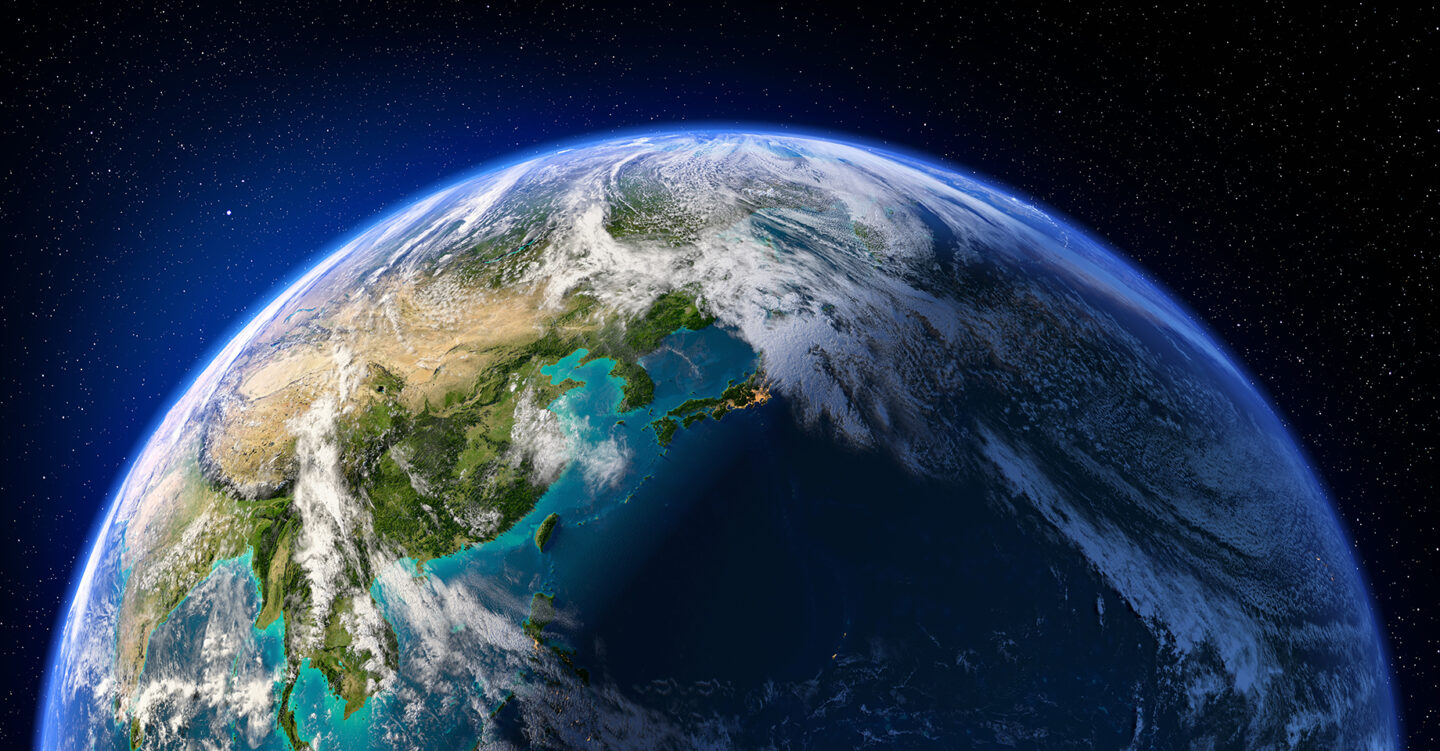On a positive note, the boundary for stratospheric ozone depletion – previously exceeded in the 1990s – is no longer transgressed, thanks to global regulation that phased out the production of ozone-depleting substances that were commonly found in refrigerators, air conditioners, and aerosols.
Last, but not least, there is climate change. This can be considered as the archetypal planetary boundary – the one that is best understood by the public. What’s more, climate change significantly adds fuel to the fire, making every other planetary boundary worse. While it undoubtedly remains important to take action to limit climate change, this doesn’t mean we should neglect the other planetary boundaries.
Why do we focus so much on climate change?
A 2022 McKinsey analysis of Fortune Global 500 companies’ Nature-related targets found 83% had set targets for climate change, but that corporate actions to tackle the other planetary boundaries remained rare. For example, just 25% of companies had set targets to reduce freshwater consumption, 20% for chemical and plastic pollution, 9% for forest cover loss, 5% for biodiversity loss, and less than 1% for nutrient pollution.
To be sure, the discrepancies in targets could be explained by companies operating in different sectors. If you are a company that uses a lot of water in your production process, you are more likely to have set a target to move towards water circularity than for deforestation.
Yet it is clear that every company, in some capacity, impacts biodiversity loss, making it more important than ever that this boundary is elevated to the level of climate change. There is some hope. The world is finally waking up to the need to come together to halt and reverse Nature loss, thanks to a breakthrough agreement at the UN Biodiversity Conference in Montreal. A growing number of companies are making biodiversity pledges and new regulation following on from the agreement will likely pile on the pressure for further action.
Part of the problem is a lack of tools and metrics to accurately measure companies’ direct impact on the different planetary boundaries. For climate change, it took decades to develop a measure for greenhouse gas (GHG) emissions. Today, we translate all our GHG emissions into CO2 emissions to have a fairly reliable reading. The lack of tools should not, however, serve as an excuse for inaction given the scale and urgency of the problem. The planetary boundary framework offers a good starting point for firms to gain a bigger-picture understanding of the impact of human activity on the Earth system.
How can companies engage with the planetary boundaries?
We mustn’t forget that many of the raw materials essential for the products made by companies come from natural ecosystems. Organizations also benefit from many of the ‘free’ services provided by Nature, whether this is carbon sequestration or crop pollination. A failure to protect our natural capital might well mean that companies can no longer keep doing business in the future.
Assess the inward risks
As a first step, companies should conduct risk assessments to understand which aspects of their business operations are most at risk from the breaching of the planetary boundaries. For example, if you rely on a lot of water to produce your goods, the breach of the freshwater boundary may be concerning.







